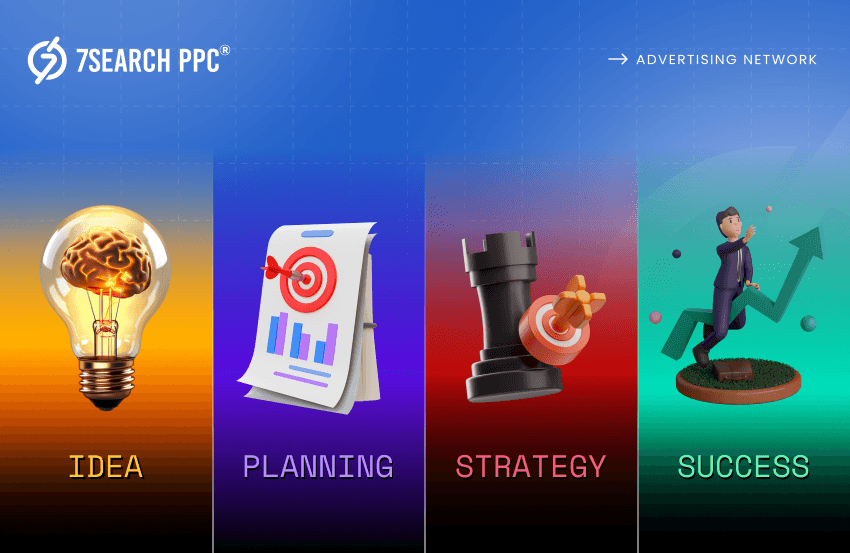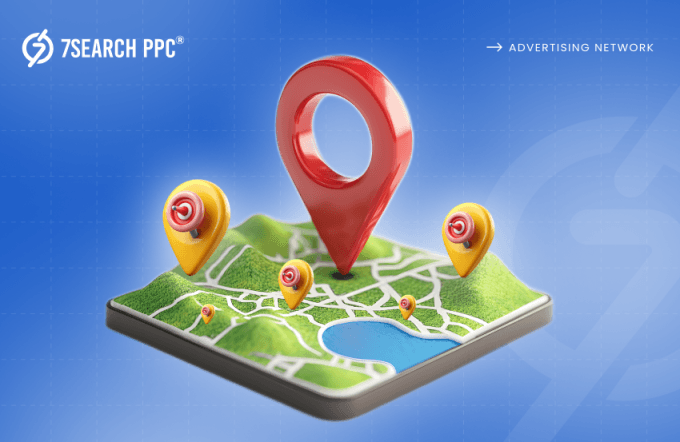Whether you own a small business or a big one, its growth is a roller coaster ride for all those responsible for its development. Setting up the ambitions of the company, and trying hard to achieve them is even more challenging. Therefore, having a growth strategy for any business has the utmost importance to execute any business organization.
What does a growth strategy mean?
A lot of confusion exists in the market regarding growth strategy, and it is different from a marketing strategy. You should know that the growth strategy is not a marketing plan. Your growth strategy is the roadmap you create to get your business from where it is to where it wants to reach in the future.
- It involves every department of the company (versus marketing only)
- It aims at growing the company from every angle, such as employees, revenue, profits, etc.
- Encompasses the marketing strategies
In a nutshell, the growth strategy is a high-level strategy that outlines everything a business needs to do to grow its maximum. It’s a scientific and holistic approach to driving growth.
Does growth strategy work?
It can be challenging to grasp the growth strategy concept create an actual and executable plan for its growth and then see tangible results. Growth strategies are the secret behind the consistent growth of some of the world’s most prominent business houses like DropBox, Dollar Shave Club, WhatsApp, and more.
Now that you know what a growth strategy is and have seen tangible evidence of its ability to derive business growth—it’s time for the fun part: creating your growth strategy.
Five-Step Process To Create Your Growth Strategy
The following are some steps to create a growth strategy for the business.
Set your aim high
It will be best if you aim high while making any growth strategy for your business. Analyze the past performance of your business and set the target for the future. To do this, you should ask yourself the following questions.
- Where do you want to see yourself and your company after a particular time?
- Expected growth in the business in a specific year
- Anticipated profits
- The employment rate of your business
- Identify your inputs and outputs.
Once you have established your business goals, the next step is to determine its key performance indicators (KPIs). For every goal you set, it’s critical to identify vital metrics and development that will help you gauge whether you’re on your way to hitting your goals. You can do this by the following methods:

Determine your North star
It is also called the one metric that matters (OMTM).” It is a metric the number that best represents the value customers receive from your product.
Once you have chosen the metric, the next step will be to figure out how you perform for that metric. Suppose that you have started a new streaming service like Amazon Prime. You have selected “total watch time” as your North Star metric. You’ve chosen this metric because a higher watch time correlates to higher retention (resulting in more revenue) per your analysis.
Let’s assume that the users spend around 30 mins per day watching shows on your service. It is how you are performing for your North Star metric. It is the baseline. One of the high-level goals you have set is to increase retention by 30% in the next 12 months.
Set up your objective key result
OKR stands for Objective Key Results. It refers to specific metrics you’ll track that will influence your high-level goals. In a software startup, many founders follow the AARRR framework for setting OKRs. OKR stands for Acquisition, Activation, Retention, Revenue, and Referral.
Run growth experiment
Coming up with practical experiments to run isn’t as easy as it seems. The standard trap companies fall into while implementing new product features or marketing ideas is known as water falling.
As it was supposed to be implemented in a few weeks now, it took many months. To avoid this, you can operate on a one- or two-week sprint cadence. You can do this by breaking down the big projects into minimum viable tests or MVTs. With minimum feasible tests, you can get valuable insights faster and validate whether a large-scale project is worth pursuing.
Validate your growth experiments.
Sometimes after the experiment, an MVT is still not enough to validate whether the test is worth including in the growth strategy.
You need to determine if this experiment will have a positive impact on your customers. After all, your job as a marketer also entails providing an excellent consumer experience. You can do this by writing out the experiments (and areas of consideration) on a Google Doc or Trello card.
Fost extreme accountability
Last but not least, and perhaps even the most essential step in driving growth in the business is fostering extreme accountability in the teams. Every team member of the company should be aware of the work and how it ties back to its high-level goals. You can follow a similar process to foster ownership and accountability across our entire team (and not just marketing). In the monthly team meetings, every member (in charge of a project) shows the company what they launched, the results, and the next steps moving forward.
The same goes for our marketing meetings. Every week, every member shares the experiments they launched to feel accountable for their work. It may help you to accomplish two things, such as:
- Encourage your team members to share what they found and what they learned and encourage them to produce the results.
- If underperformers work slower or reap less valuable insights, this will motivate them to improve their performance.
It will help you to identify who is an A-player and who is an underperformer. It is often a wake-up call for the latter.



















